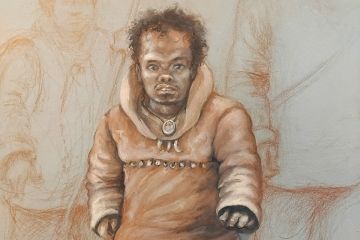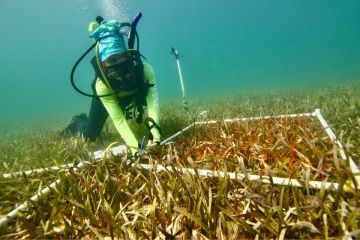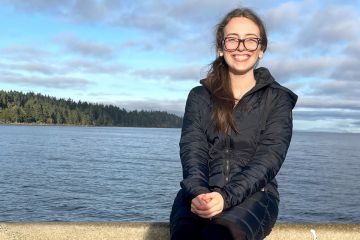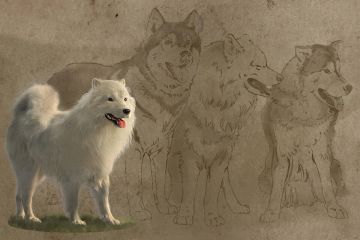Learning the human history of the west coast
- Anne MacLaurin
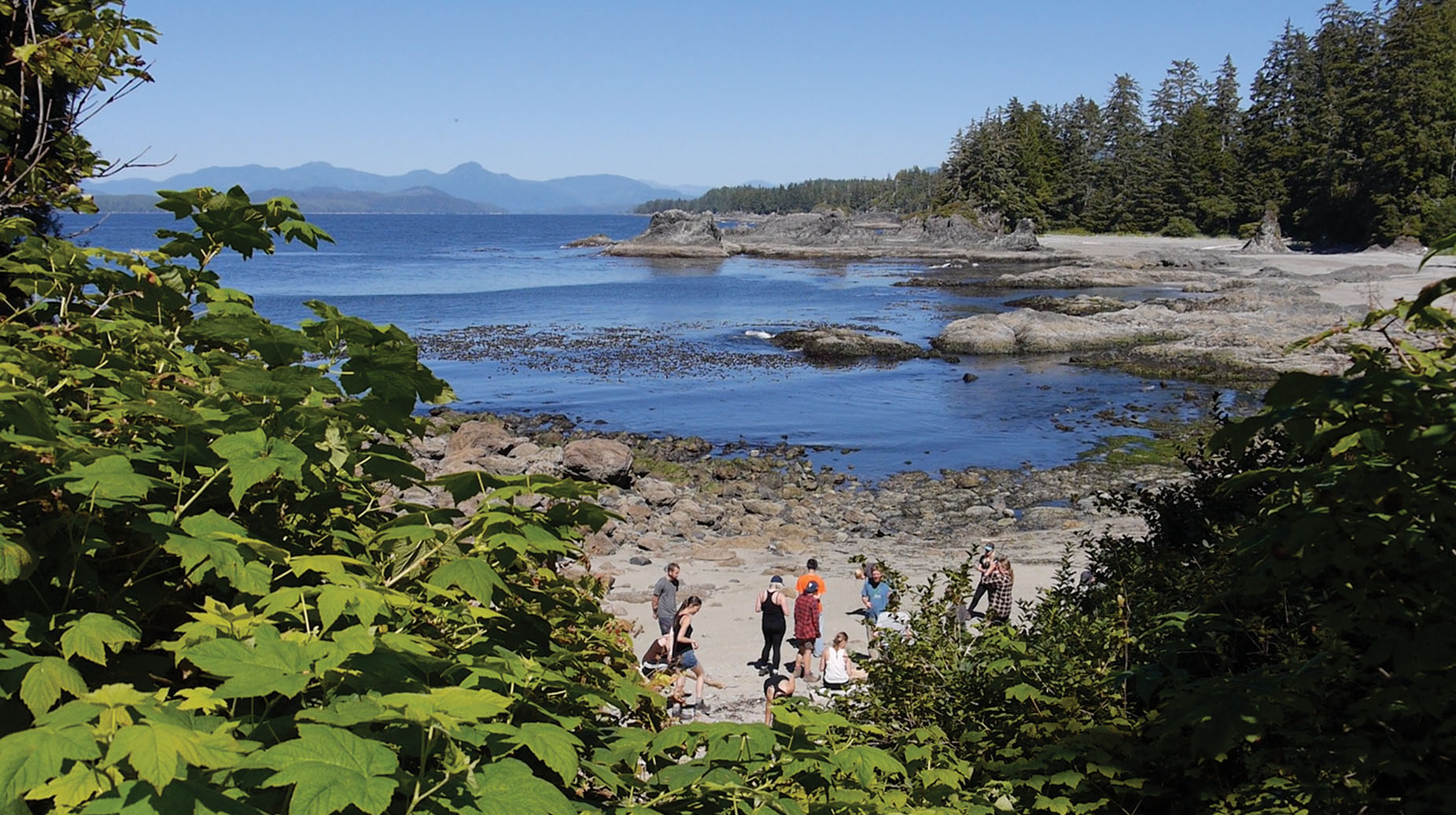
Archaeology field school digs deep in Nuu-chah-nulth territories
An immersive six-week field school—Coastal Archaeology and Historical Ecology—brought the promise and challenges of the Pacific west coast to life for enthusiastic anthropology students this summer.
The group of 19 students, including 12 from UVic, traveled to the west coast of Vancouver Island to do research at ancient First Nations settlements, and to learn archaeological field techniques and environmental and cultural history from Tseshaht and Huu-ay-aht First Nations, professional archaeologists, and marine ecologists at the Bamfield Marine Sciences Centre.
“It was a privilege to be invited to undertake research at a designated national park reserve. Staff from Parks Canada and the Tseshaht and Huu-ay-aht First Nations were vital in supporting and enabling our work,” says course professor Iain McKechnie.
The course covered surveying, mapping, identifying artifacts and fauna, as well as excavation and laboratory research. Digging through layers of ancient compost and housefloor features searching for artifacts and animal bones and shells was an exhilarating experience for Sage Schmied, a fourth-year anthropology major.
“I learned that I love being dirty and can handle not having a shower every day. I learned that I can be myself and that people appreciate it.”
“It drove home the idea that this was something I wanted to do for the rest of my life,” adds Schmied. “Having the hands-on experience is crucial in archaeology, and doing it in such an amazing setting really was fantastic. I learned so much about myself in the experience, as well as archaeology.”
McKechnie remarks that one of the elements that he loves most about teaching archaeology in the field is teamwork: the way his students had to learn to organize as a group, establishing a routine, and trusting one another with vital tasks—equipment, boats, dishes, notes, etc.
Another student, Tessa Gaudet, agreed—writing that “by day three, things were running smoothly, with each of us rotating roles and sharing in task work. . . . We were well and truly a group of student archaeologists excavating a real site with real data. We were a unit.”
The field school took place in the lands and territories of two neighbouring Nuu-chah-nulth Nations, Tseshaht and Huu-ay-aht, who welcomed and supported their work. The field school also benefitted from the project co-director Denis St. Claire, Wanda Robinson from Tseshaht, and staff from Parks Canada, the Bamfield Marine Sciences Centre and the Hakai Institute.
- More at the field school blog
Photos
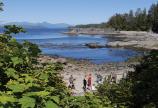
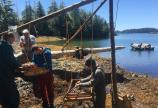
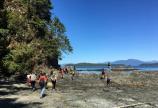
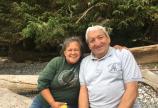
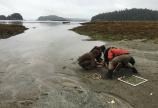
In this story
Keywords: anthropology, environment, field schools, Indigenous, student life, community
People: Iain McKechnie

